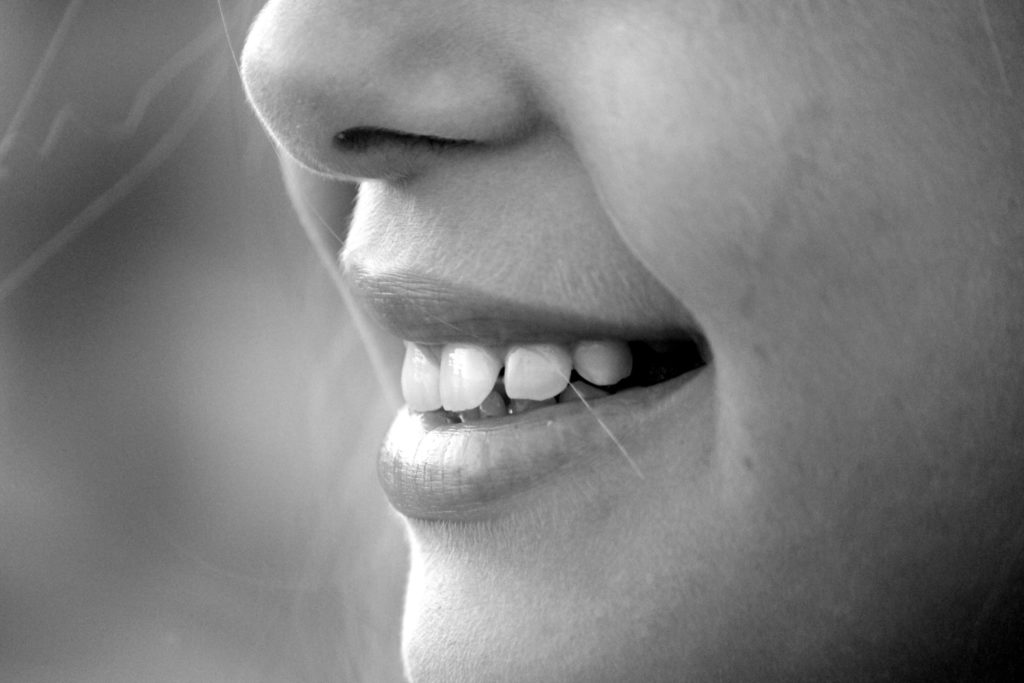
We all know that flossing is important. We also know that most people do not floss. It’s something we try to encourage from all of our patients, but we’re aware that many of our patients go to great lengths to avoid flossing, even at the expense of their teeth.
There are a lot of reasons that people prefer not to floss. But one potential reason is that, unlike brushing, most people do not even try to floss until adulthood. That’s why it’s so important to teach your children to floss early on, and develop healthy habits that will last a lifetime.
About Flossing in Childhood
Flossing is what clears food and germs that are stuck between the teeth, eliminating one of the main causes of decay. It is even better than brushing, because the bristles cannot dislodge food or bacteria the same way as floss can.
But flossing can be uncomfortable –at least in the beginning. Gums “learn” to handle the pain and discomfort of flossing, and as your gums strengthen, the less discomfort the floss causes. When you start as an adult, not only does it feel abnormal/unnatural –your gums are also not prepared for the sensation, and flossing may cause some pain.
If you start flossing as a CHILD, however, it becomes far more natural. As a normal part of your child’s routine, it doesn’t feel strange to floss every day before bed. The gums are also much healthier and stronger, which in turn means that they will not feel much discomfort or pain. Finally, your child’s teeth and gums will be healthier from better dental care.
Starting early is extremely useful for your child’s long term dental health.
How to Get Your Kids to Floss
Of course, it’s one thing to say you’re going to teach your kids to floss. It’s quite another to get them to do it. The following are some tips and tricks to help you encourage your child to floss.
- Start Young –Try to start teaching your child to floss the moment they have any teeth that touch, often as young as 1.5 to 2 years old. This ensures that flossing feels as natural as wearing diapers, and not an unusual activity they’re being asked to do. If your child is older, start right away.
- Give Then a Progress Chart and Rewards –Children respond very well to rewards, including stars and stickers. Start a floss chart that gives them a star every time they floss, and then give them a reward –like a toy –whenever they fill out a week’s chart.
- Sing Flossing Songs –If flossing feels more fun, your child will enjoy it more. One way to make it fun is to sing songs about flossing while they floss. There are plenty of songs online (or you can make up your own) to make flossing more fun.
- Use Floss Sticks –Flossing with string floss can be a bit tough for kids. But kid-friendly floss sticks are much easier, and provide the same basic benefits for your child’s teeth.
- Floss With Them –Brush and floss with your child to set an example and make flossing more fun. Children tend to enjoy following their parent’s example, so if you both floss at the same time, your child will follow your lead.
Above all else, be patient but supportive. Your child may resist flossing right away, but eventually it will become a common habit that is normal in their life. As long as you’re consistent with your child’s oral hygiene efforts, you should be able to teach your child to floss and set them up for a lifetime of better dental health.
Dr. Mark Washburn has been practicing dentistry in Salinas for more than 35 years. He is active in the California Dental Association and has two award winning dental hygienist’s on his team. Give him a call today to schedule your appointment. 831-758-0959
